Scope definition & planning
I performed Design Thinking workshop to identify user needs and customer business goals. I prioritised and negotiated features for launch and beyond. I defined the workflow with project manager.
Singapore Business Unit of Zurich Insurance Group being a regional hub of claims handling has a growing portfolio and needs a tool to lead the region.
Can we get insights on underwriting performance from Excel files and consolidate actionable data in one application?
Zurich Insurance Group
Zürich, Switzerland
I performed Design Thinking workshop to identify user needs and customer business goals. I prioritised and negotiated features for launch and beyond. I defined the workflow with project manager.
I created frameworks and prototypes to share the vision, design principles and content strategy. This helped to evangelise ideas, gain alignment and drive decision making.
I executed journeys, wireframes and design specs. I collaborated with the lead developer to uncover insights and translate concepts into features that address user behaviours and motivations.
I partnered with project manager to gather user feedback to translate needed features for platform context. I also presented work to stakeholders.
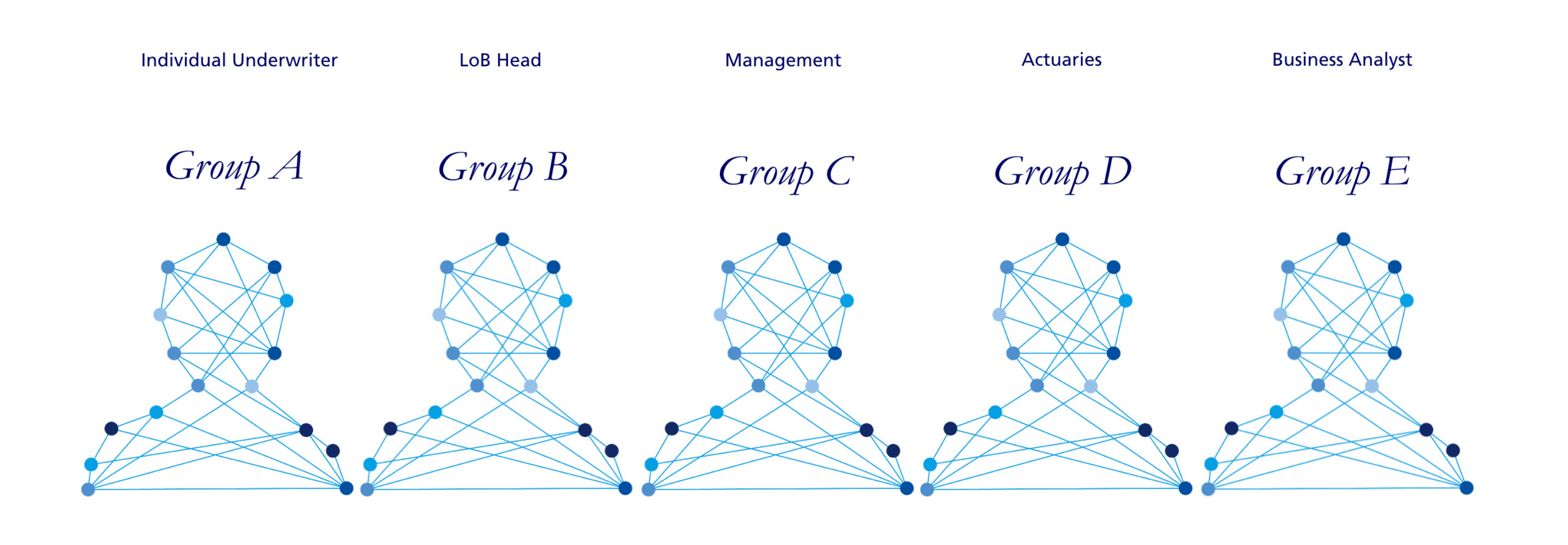
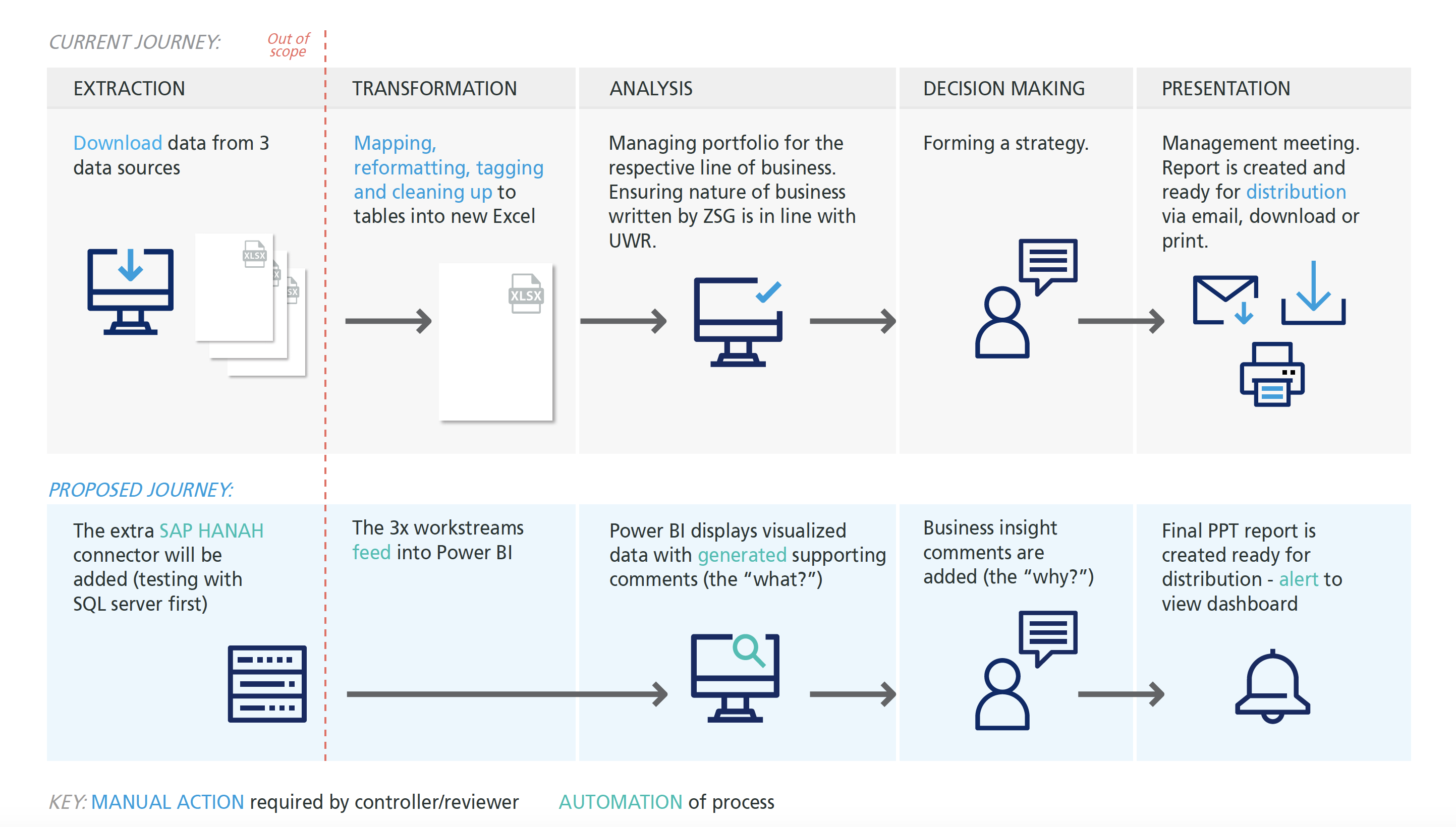
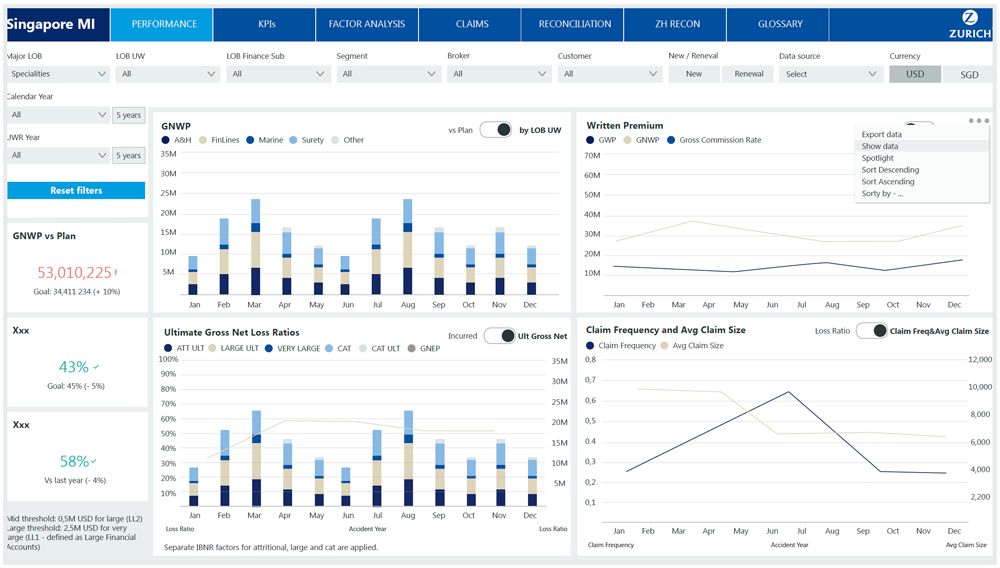
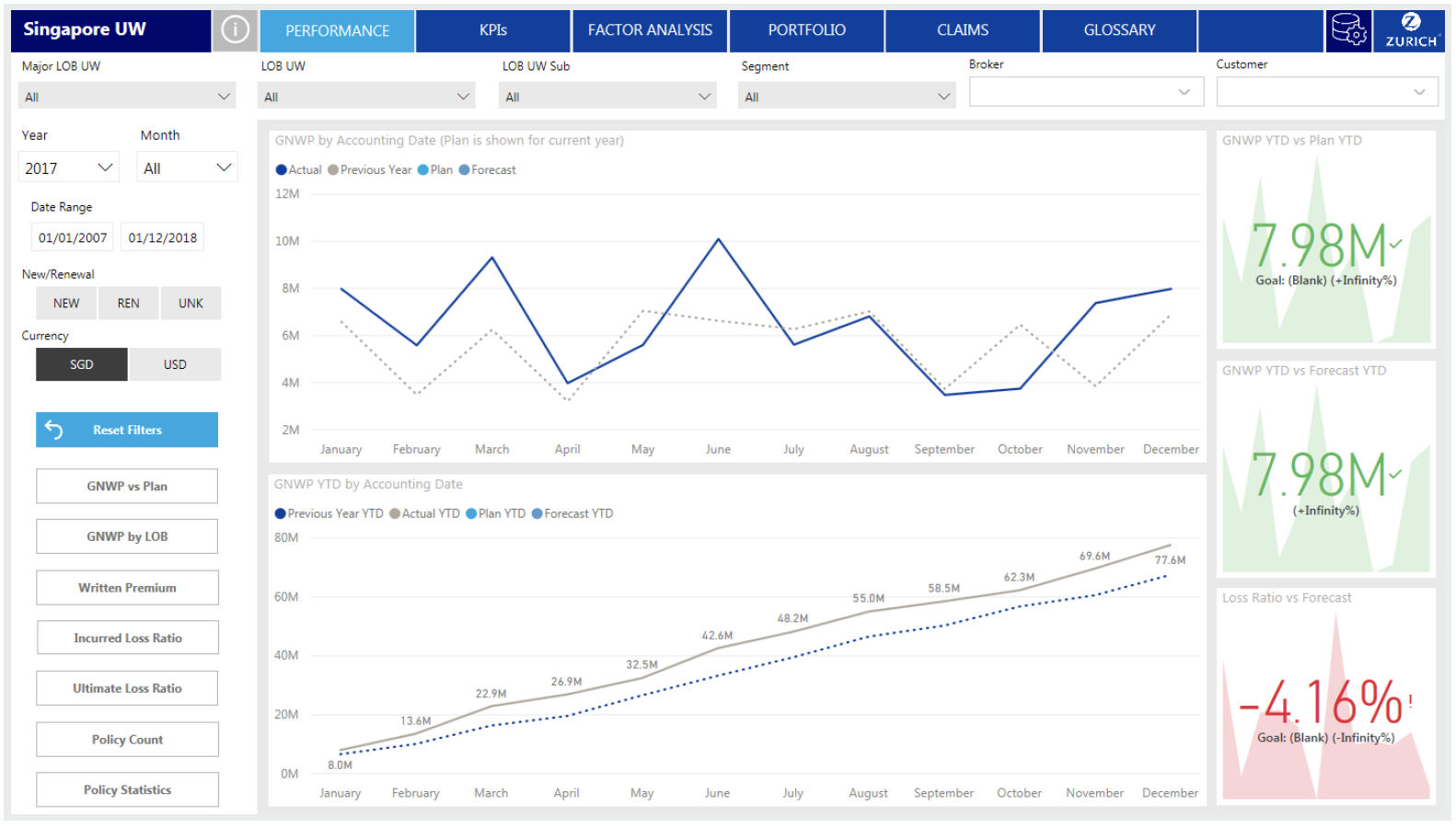
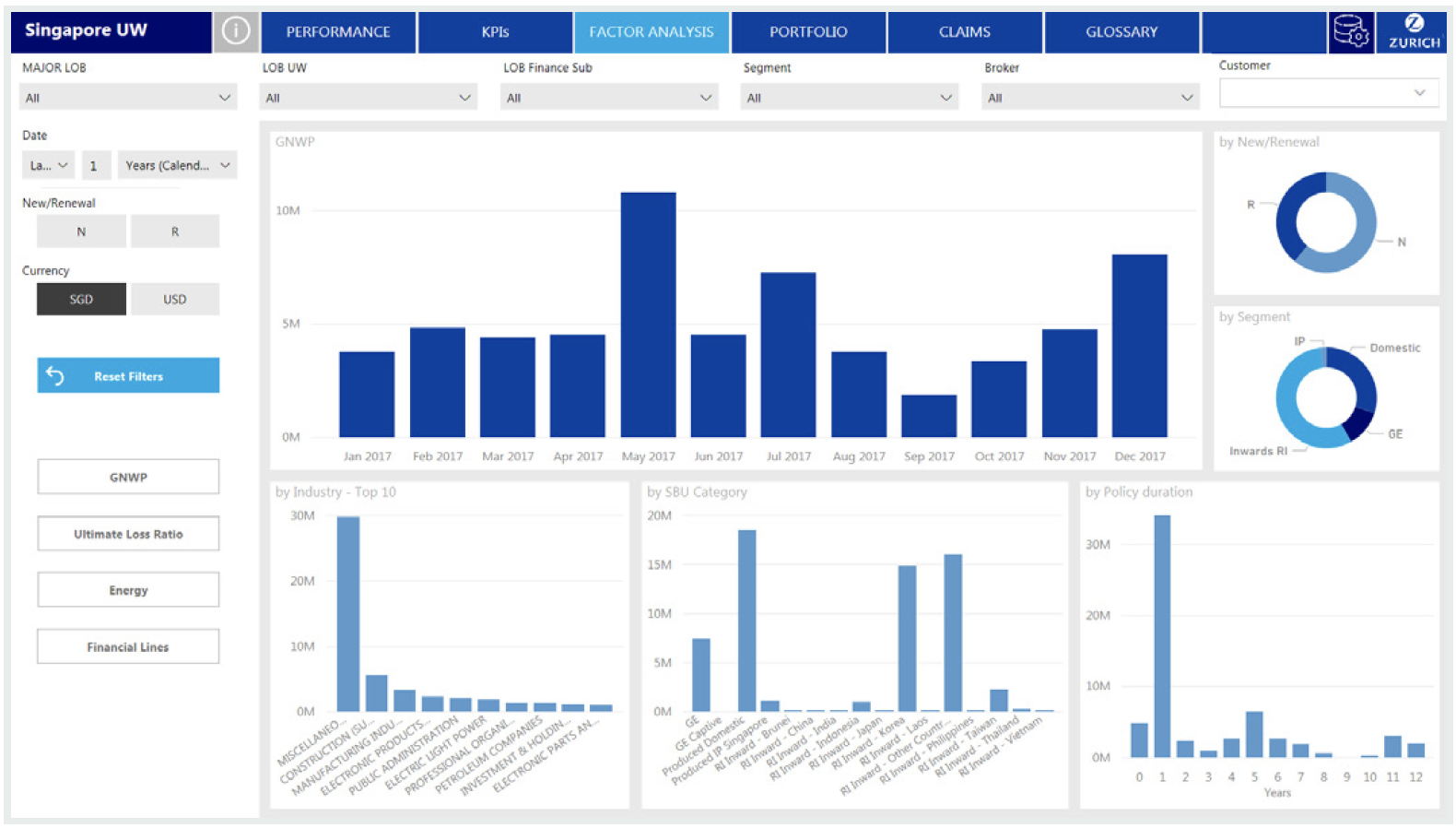
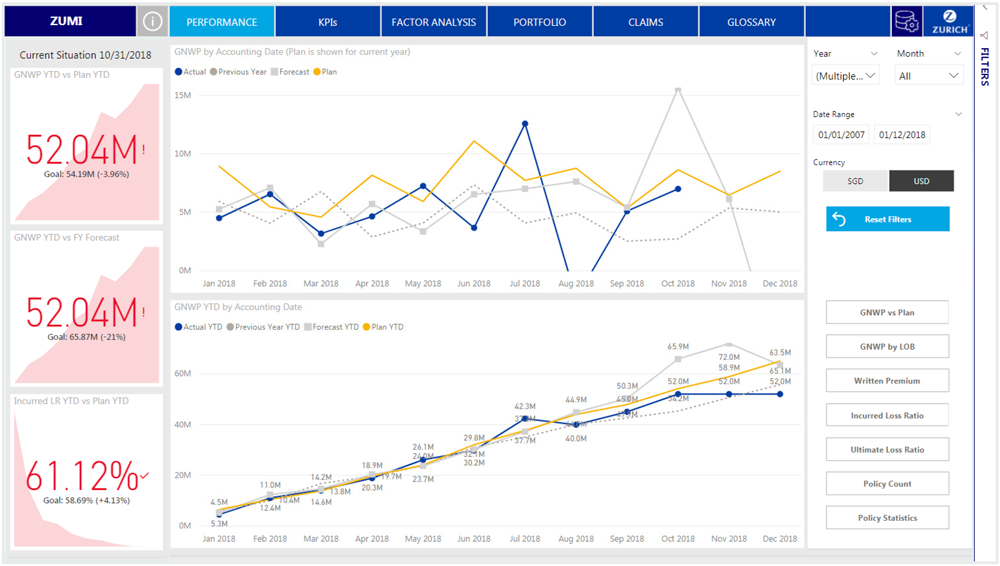
The biggest challenge I faced throughout this project was balancing moving forward with designs, whilst collaborating with crosscontinental team and organising weekly releases. Managing feedback was tricky because of the time difference and users accesibility. The team spent a disproportional amount of time debating design decisions, when there wasn’t data that could easily be gathered to help drive a decision. I observed this pattern early enough in the project and started to create a documentation to help better articulate and distribute design rationale. Doing this saved a lot of back-and-forth as the project progressed. Design principles and the content prioritisation framework helped to create visibility into my decision making process and galvanise the team around the vision.